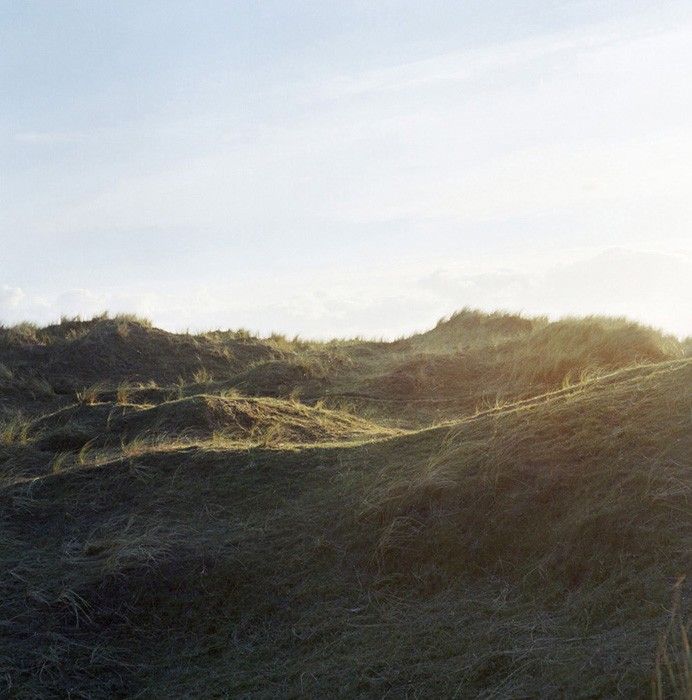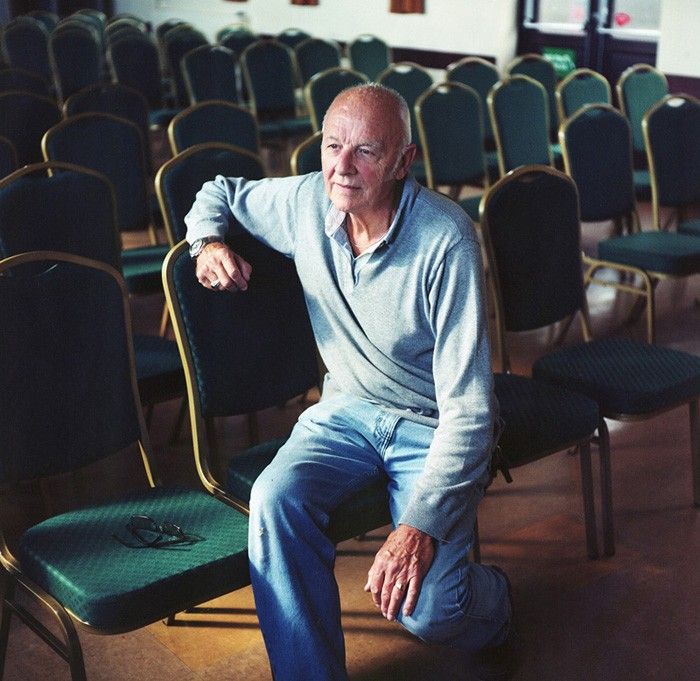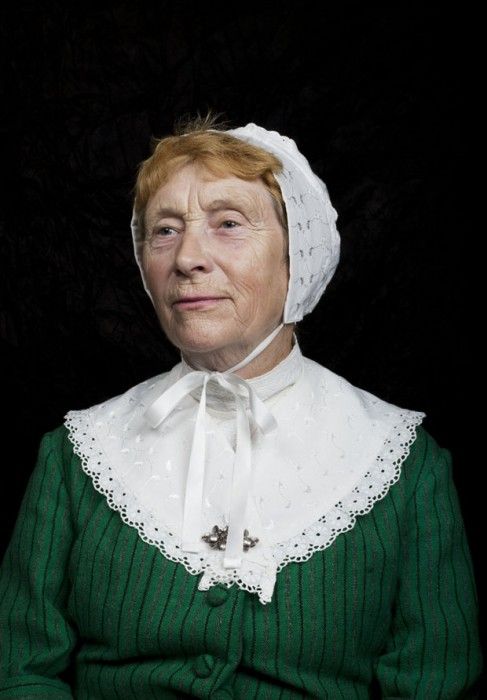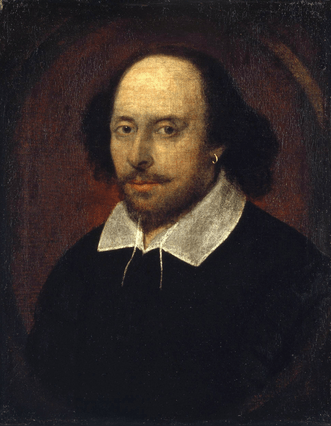blog
Interview with photographer Mark Griffiths

The evening sun shimmers through the rugged cliff tops at Lydstep in South Pambrokeshire along the Pembrokeshire coastal path. When walking along the Pembrokeshire Coast Path National Trail you are not just walking through a geographical landscape, youÕre also taking a journey through time. The cliffs were once used as observation points for Norman invaders.
F-Stop Magazine: How did you first become involved in photography and what led to you working in this medium as an artist?
Mark Griffiths: I began to appreciate art and photography in my early teens. I remember being mesmerized by the aesthetics and detail of images in a stack of National Geographic’s I had acquired. I would also admire the ability of the photographer to convey an accurate portrayal through the use of the medium. In my early twenties I returned from a round the world adventure and had nothing to show for my experiences apart from my own descriptions and narrations. I thought the best way to document these experiences was through photography and decided to invest in a good SLR, which is where it all started. After graduating from university with a degree in photojournalism I knew that’s all I wanted to do. I began researching potential stories and photographed everything and anything, I think a lot of graduates just expect things to happen for them once they leave university but It takes another two or three years of hard work and dedication to make it happen. It’s very rare to find an occupation that doesn’t at all feel like a chore and for me there is nothing else I could imagine myself doing.
F-Stop: The current issue of F-Stop Magazine includes images from your project “South of the Landsker”, can you tell us about this project? How did this project come about?
MG: The project came about from an overwhelming curiosity for the area. It is unlike any other part of the country (Wales, U.K) The people are of very mixed origins and no one speaks the native dialect, Welsh. The area is also steeped in history, from ancient woodland, which remain untouched for hundreds of years to evidence of Norman invasions along the beautiful Pembrokeshire coastline. The place has a real diverse and unique feel about it. I wanted to explore the area in depth and decided to photograph people I met along the way and find out a little bit of background information to give the project some context. I wasn’t looking for anything in particular, I wanted the project to be this loose depiction of a unique landscape with an array of diverse and interesting characters and I think that is what I got.

Clive Law moved to Pembrokeshire 20 years ago from Reading near London. He was attracted to the natural beauty of the rural landscape. Here he sits at his local village hall in Penally.
F-Stop: Can you discuss your process for making these images or your creative process more generally? What were you looking to capture?
MG: With any project the most important element is being knowledgeable about the work I am about to do. Researching the area and the history allowed me to choose particular regions that would represent the area best and depict an accurate narrative of what I was trying to portray. Also in regards to the subjects I photographed, I felt that spending time talking to them first and making them aware what my intentions were allowed them to relax and be comfortable in front of the lens. I think this is essential when capturing an image that is both poignant and meaningful. As a photographer you have to also be good at talking and listening. Also the camera I used a Mamiya C330 with its manual focus fully analog functions, made me really think about the elements in the frame and how these would impact the narrative overall. I would urge everyone to use film for personal and long-term projects as it makes you take a step back and consider the content of the image and essentially what you are trying to say to an audience.
F-Stop: What do you hope people see or feel or perhaps learn when they look at your photographs?
MG: I hope that when people look at these images they see the history and ruggedness of the landscape but also the vulnerability and poignancy of those photographed that live in an area without an identity. I think the work also shows that you don’t need to travel to the ends of the earth to find a story worth telling. In every village, town or city there is a story to be told, you just have to look for it.

Jenna aged 9, watches chickens feeding at the Cwnoernant farm in Carmarthenshire on the edge of the Landsker line. The Landsker line is an invisible but definite line that has been present for nearly a thousand years and divides the South West corner of Wales from the rest of the country.
F-Stop: Do you have a favorite image in this series? If so, which one and why is it the image that speaks to you most?
MG: The image that speaks to me the most is the one of Jenna, the young Cub Scout. When I met her she was uneasy about having her photo taken, even after talking to her to make her feel at ease. I told her to think of a significant moment in her life that was her fondest moment and it was during that thinking process that I was able to capture her. For that brief moment she was unaware of the camera and completely lost in her own world and that’s why I feel the image works best.
F-Stop: Are you working on any other projects currently?
MG: I am constantly working on new projects. The most significant however starts on June the 15th where I will be spending a month with the Chernobyl children’s charity photographing 8 children from Belarus when they spend several weeks in West Wales. The clean environment can reduce the radiation levels in their immune systems by up to 68% and can literally add years to their lives. It will also be the first time that they will see the ocean, which I find fascinating. I think it’s a great opportunity to be able to document something so special and has the potential to make a difference to someone’s life. I am also doing a ten-day road trip through the South West of France and a few sideline projects along throughout the summer. Watch this space!

‘Gwerinwyr Gwent dancer’ from the series ‘The loss of tradition’
F-Stop: What photographers or other artists inspire you?
MG: Cinematography is always an influence, especially how each scene and setting relates to the narrative. I try to incorporate that into my own work. In terms of photographers that inspire me I would say Alec Soth, Rob Hornstra, Olivia Arthur, Larry Sultan and of course William Eggleston. Also I draw inspiration from painters for my portraiture, especially during the renaissance period, Rafael, Titan and Caravaggio are prime examples that experimented with alternative postures, gazes and lighting techniques that are a huge influence to me and many more.

Titan. Portrait William Shakespeare
For more of Mark Griffiths work: www.markgriffithsphotography.
Events by Location
Post Categories
Tags
- Abstract
- Alternative process
- Architecture
- Artist Talk
- Biennial
- Black and White
- Book Fair
- Car culture
- charity
- Childhood
- Children
- Cities
- Collaboration
- Cyanotype
- Documentary
- environment
- Event
- Exhibition
- Family
- Fashion
- Festival
- Film Review
- Food
- Friendship
- FStop20th
- Gun Culture
- Italy
- journal
- Landscapes
- Lecture
- love
- Masculinity
- Mental Health
- Museums
- Music
- Nature
- Night
- photomontage
- Podcast
- Portraits
- Prairies
- River
- Still Life
- Street Photography
- Tourism
- UFO
- Wales
- Water
- Zine

Leave a Reply